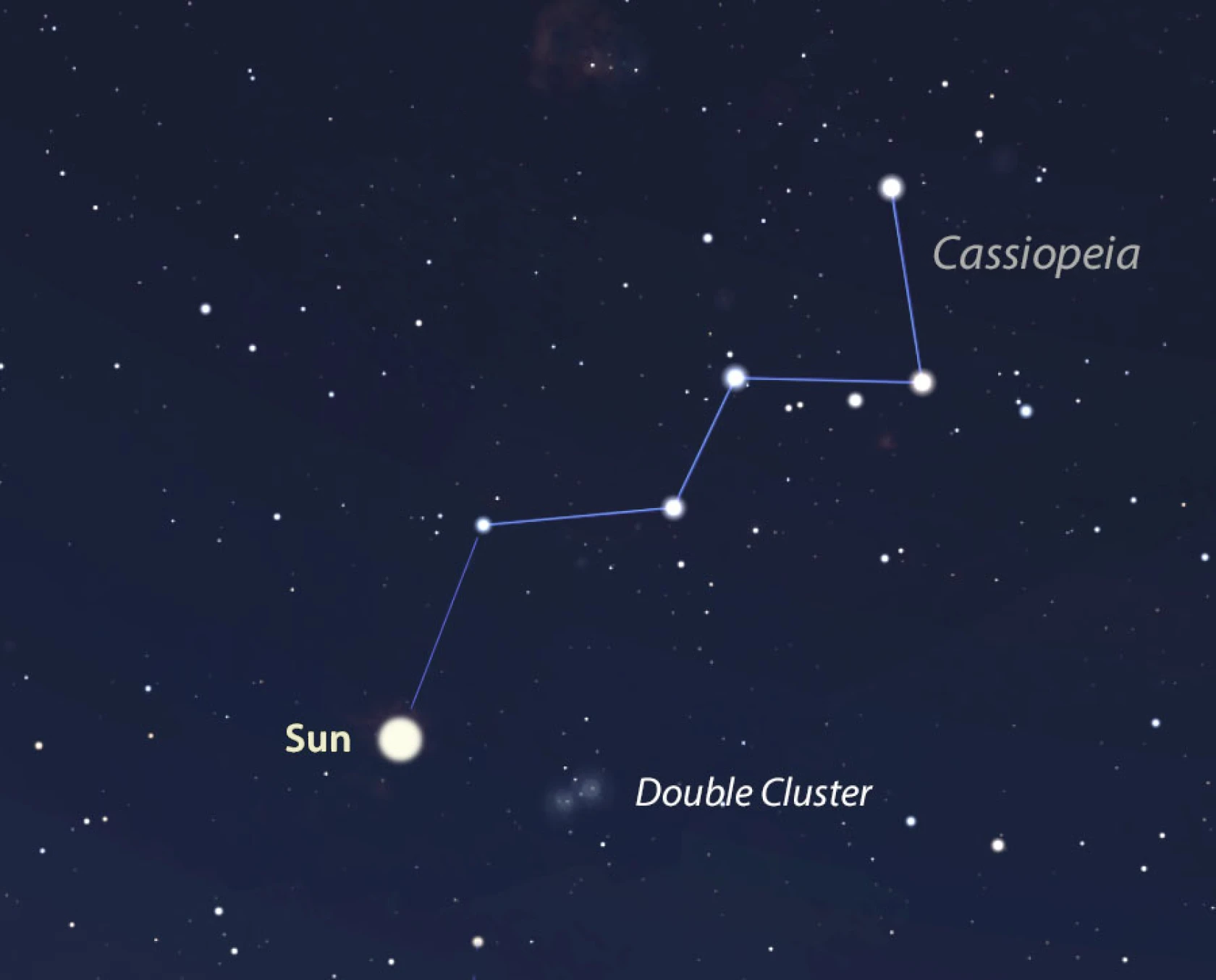Four light years may seem like an unfathomably long distance, but in comparison to the size of our galaxy, it's practically right next door. In fact, it's close enough that the Alpha Centauri system has nearly the same constellations as we do, just subtly warped due to the relatively small parallax factor.
The only caveat is that they're missing the brightest star in Centaurus, having traded it for an additional bright star in Cassiopeia on the opposite side of the sky. The Sun's stellar magnitude is 0.5 from that distance, that's about as bright as Betelgeuse in Orion.
I don't think we'll ever be so lucky that our closest star system just happens to contain a planet with alien life on it. That said, it's so surreal to think about even just the possibility of a life harboring planet orbiting Proxima Centauri. I'm imagining those creatures looking at the Sun in their night sky and wondering themselves about the existence of neighboring aliens.
(To clarify, Alpha Centauri is actually a triple star system close enough together to look like a single star to the naked eye. Alpha Centauri A and B are both sun-like stars with a roughly similar mass and brightness. Proxima Centauri is the nearest of the three, and it's a red dwarf with confirmed planets.)


Thanks for this reply! I love learning stuff like this. Proxima b sounds so freaking cool. Ugh, I wish we could figure it out.